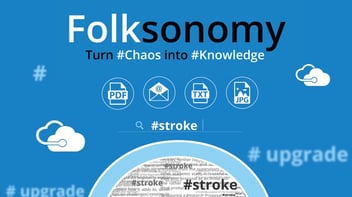The experience of customers throughout the purchasing process determines their decisions. Having valuable information increases the profits of companies.
Business-to-customer relationships are changing. Technology has been fully introduced in this field in the form of analysis and predictions and a variety of digital platforms. Taking care of the customer's experience and their relationship to the company is nothing new, but the way in which technology has shaped society has meant that it has to adapt to new realities.

What is customer experience?
Customer experience is the sum of all the points of contact between a customer and a brand. The experience of customers throughout the purchasing process determines their decisions in a definitive way. Having valuable information that helps customer loyalty and recommendation increases the profits of companies as a whole.
Customer Experience Management
Customer Experience Management (CEM) aims to manage customer expectations to ensure that their relationship with the company is up to the task. It is not a question of generating experiences as such, but of designing interactions with the customer in such a way that expectations are met or exceeded. In short, we should not try to convince the customer to buy, but to establish a positive and lasting relationship with the brand.
Customer experience management has its roots in market research, a practice that was consolidated shortly after the rise of consumerism in the aftermath of the Second World War. The analysis of customer experience began as an evaluation of results via telephone surveys or traditional mail and the reports simply presented the results of these studies. With the advent of the internet, surveys became e-mail surveys and reports became very detailed, tailor-made solutions for each company.
The challenge of the new digital and multiplatform reality
The Internet has also meant that relations with customers have moved to new platforms, so that the presence of brands has been introduced into new spaces, some previously private, in the lives of customers. Therefore, the customer-business relationship approach has had to adapt to this new digital and multi-channel reality.
In addition, the culture of immediacy has taken root in this digital society, which has caused a change of perspective in terms of a positive relationship between the customer and the brand; in many cases the customer simply wants to get a product or service immediately, which is not about offering the best experience, but the simplest and fastest.
Customer experience and business intelligence
In order to know which is the best method to offer a positive or simple experience for our customers we need to know them. We must use all the information we have or can get from them and analyze it to detect patterns and points of improvement that will allow us to design a much more personalized strategy for each client. In this way, satisfaction is facilitated and customer loyalty is increased.
This analysis will also provide us with a solid base of real-time knowledge on which we can make the best business decisions beyond marketing strategies or specifically customer experience. The knowledge we can extract from the data allows us to make predictions, which gives us the ability to make preventive decisions or be more prepared for changes.
Get to know Bismart's proposal for CEM
Bismart has in its portfolio of services the management of the experience of customers. We are experts in data analysis and business intelligence and we have experts in marketing insights and strategy.
We analyze large amounts of data in order to provide a real-time overview of customers and their passage through the purchasing process. This complete view not only allows your company to know the current state of the business, but also as a basis for drawing conclusions and making decisions with a good knowledge of risk, as well as making predictions.
If you want to know the details of our offer, please contact us.


